MERCER HEALING SPRINGS, W.Va. — International Relaxation Day is observed August 15 across the world, and West Virginia celebrates it for a good reason. West Virginia is a relaxing place.
Over time, thanks to the rise of social media, Relaxation Day has grown to a global scale, and West Virginia's been at the forefront. The event is proposed to help people reflect upon the importance of rest, stress-relief, and practices that activate the body’s relaxation response—a physiological state marked by slower breathing, lower blood pressure, and reduced heart rate.
On Relaxation Day, participants are encouraged to pause, unplug, and think about incorporating respite into daily life. Whether that means they enjoy stillness, learn relaxation methods, or avoid stressful activities, it matters not. West Virginians are known to take things easy. They let things go.
Mountain Breezes, Cool Summers: West Virginia’s Inviting Climate
One of the most compelling reasons to spend International Relaxation Day in West Virginia is the mountain climate and its relatively cool summer temperatures. In the state's eastern panhandle, near Washington, D.C., summer highs typically peak in the low 80s, while nighttime temperatures may dip to 60. It's a shocking contrast to the oppressive heat elsewhere.
Consider Mercer County, in the southern state, where summer highs settle in the low 80s, and evenings cool to the high 50s—perfect for restful nights under clear skies. Bluefield, known as “Nature’s Air-Conditioned City,” often remains in the 70s in summer, rarely rising above 85°F, and traditions like free lemonade on the rare hot days reflect local life’s pace and ease.
In higher elevations in the Allegheny Mountains—such as in the Canaan Valley, on Snowshoe Mountain, or on Spruce Knob—nights can be much cooler, often dropping into the 40s–50s °F (4–12 °C). On rare occasions, temperatures in some of the high mountain valleys and ridges at night have even dipped into the upper 30s °F (~3–4 °C) in July or August, typically the hottest months, making a light jacket useful even in the middle of summer.
These temperate conditions make the region ideal for resting on a shaded porch, hiking cooler forest trails, or drifting to sleep with a mountain breeze—the kind of ease this day celebrates.
A Legacy of Mountain Retreats and Vacation Traditions
West Virginia boasts a long tradition of mountain vacationing—a heritage deeply rooted in American leisure life. A prominent national example is The Greenbrier, which was renowned as a destination for royalty.
Since as early as 1778, visitors have come “to take the waters,” at White Sulphur, drawn by the healing springs and cooler mountain air. Today, The Greenbrier sprawls across more than 11,000 manicured acres and boasts 710 guest rooms as well as multiple shops and restaurants — and a legacy as one of America’s most luxurious and historic resorts.
White Sulphur Springs itself rose in popularity during the 19th century as the “Queen of the Watering Places,” attracting wealthy Southerners seeking respite from summer heat and disease. Though smaller, the Salt Sulphur Spring resort, among the best preserved, is for sale. As is the Pence Springs Resort. Both sites are national historic districts, as is the Blue Sulphur Springs.
But luxury isn’t the only draw. Families and friends have long sought simple mountain retreats in West Virginia's backcountry—to recharge, reconnect, and refresh in nature’s quiet.
A Tapestry of Fishing 🐟 and Hunting Camps in the Mountains & Rivers
One restorative pleasure West Virginia offers is abundant outdoor recreation—especially fishing and hunting. The state's rugged terrain and vast waterways create a landscape dotted with fishing camps along rivers and hunting camps throughout its forested hills.
The West Virginia Division of Natural Resources reports more than 20,000 miles of streams and 100+ fishing lakes, offering nearly endless angling possibilities.
For instance, the Bluestone Wildlife Management Area boasts 330 primitive campsites scattered along the New River and Bluestone Lake, along with rustic cabins, trails, and direct access to fishing and canoeing. This illustrates just how many retreats exist for anglers seeking both solitude and connection with nature.
Julian Hanslmaier)
Hunting is equally woven into the state’s outdoor fabric. West Virginia invites enthusiasts to venture into vast public lands in pursuit of deer, bear, and game in peaceful mountain settings. These camps, often tucked into the woods or countryside, provide a unique stillness and connection to seasonal rhythms, adding to the state’s aura of restorative escape.
Healing Springs: Capon, Berkeley, White Sulphur Springs
Three healing springs resorts remain of more than a score established during the American antebellum period, attracting guests to West Virginia.
Berkeley Springs
Located in Morgan County, Berkeley Springs State Park centers around a historic mineral spa, where springs have been celebrated for their restorative powers since the 1750s. Famous visitors included George Washington, who first bathed there at age sixteen. The park features public bathhouses and a fountain for drinking, with water emerging at around 74.3 °F, rich in minerals like magnesium carbonates, sulphates, and nitrates—used for both bathing and ingesting for health relief. It remains the only state-run spa in the United States, dedicated to stress relief and healing through its natural waters.
Capon Springs
In the Eastern Panhandle, Capon Springs—also known historically as Frye’s Springs—developed around a mineral spring discovered in the 1760s. By 1850, a hotel and Greek Revival bath pavilions were established. Though the original Mountain House burned in 1911, rebuilding in the 1930s revived it, and it continues today as an all-inclusive resort, still family-owned. It forms both a historic retreat and a deeply relaxing destination in the mountains.
White Sulphur Springs
As mentioned earlier, The Greenbrier at White Sulphur Springs earned renown in the 19th century as a premier resort destination among elites. Its mineral-rich waters and luxurious accommodations offered healing, leisure, and a refuge from summer blight. Today, The Greenbrier continues that legacy, remaining one of America’s most iconic resorts.
Healing Springs in Modern Relaxation Culture
These mineral springs—Berkeley, Capon, and White Sulphur—are not just historic curiosities; they remain destinations for relaxation and healing. Guests seek the therapeutic warmth of the springs for physical relief, stress reduction, and the simple serenity that comes from an environment dedicated to repose.
The Rhythms of Natural, Unhurried Retreat
To genuinely relax is to embrace rhythm and place. West Virginia provides that through:
- Gentle summers that ease the body rather than arm it against heat.
- A mountain heritage of retreat, where people have long fled the bustle and found restorative solitude.
- Rustic camps along waters and in forests, grounding visitors in quietude and ritual—whether casting a line at dawn or listening to evening birdsong.
- Mineral spring resorts that treat and restore, carrying centuries of healing tradition into modern life.
These rhythms align with the essence of International Relaxation Day—a pause, a surrender, a space to breathe deeply and let tranquility wash over you.
Crafting Your West Virginia Relaxation Itinerary
If you’re inspired to honor International Relaxation Day in West Virginia, here’s a thoughtful itinerary to embrace:
Begin in Berkeley Springs—soak in the calming mineral baths, stroll the historic town, and let the centuries-old spa waters soothe your muscles and mind.
Retreat to Capon Springs—immerse yourself in the all-inclusive mountain resort, where simple meals, gentle hikes, and peaceful settings foster slow restoration.
Relax in Bluefield or Mercer County—enjoy leisurely hikes, stargazing, and mountain views, with idyllic summer temperatures to guide you.
Camp along fishing streams or near waterways—perhaps in the Bluestone area—where the sound of water and rustling leaves becomes nature’s lullaby.
Finish at The Greenbrier, if luxury is your capstone: enjoy elegant meals, lush grounds, and spa services in a resort with deep history and mineral heritage.
Why West Virginia Embodies Relaxation
Climate & Elevation: Summers are easing rather than sweltering; nights invite rest.
Cultural Continuity: From colonial elites to modern tourists, people have sought these mountains for renewal.
Nature’s Rhapsody: Rivers, forests, and wildlife conduct a slow, healing tune.
Healing Waters: Mineral springs offer physical and symbolic relief—water as balm.
Campfire Calm: Rustic camping and hunting/fishing sites provide rhythm, simplicity, and stillness—true antidotes to stress.
A State Synonymous with Serenity
In honoring International Relaxation Day—a global invitation to rest—you might ask: what place better embodies that spirit than West Virginia? Here, soaring peaks moderate the heat.
Rivers, camps, and springs have anchored human retreat for centuries. The land itself encourages us to slow our approach and open ourselves to ease. Whether in a spa basin or forest glen, by a flowing stream or stone fireplace, West Virginia offers space—quieter, cooler, and kinder.
On this August 15th, perhaps consider letting the Mountain State re-teach you what it means to truly relax.
Sign up to receive a FREE copy of West Virginia Explorer Magazine in your email weekly. Sign me up!
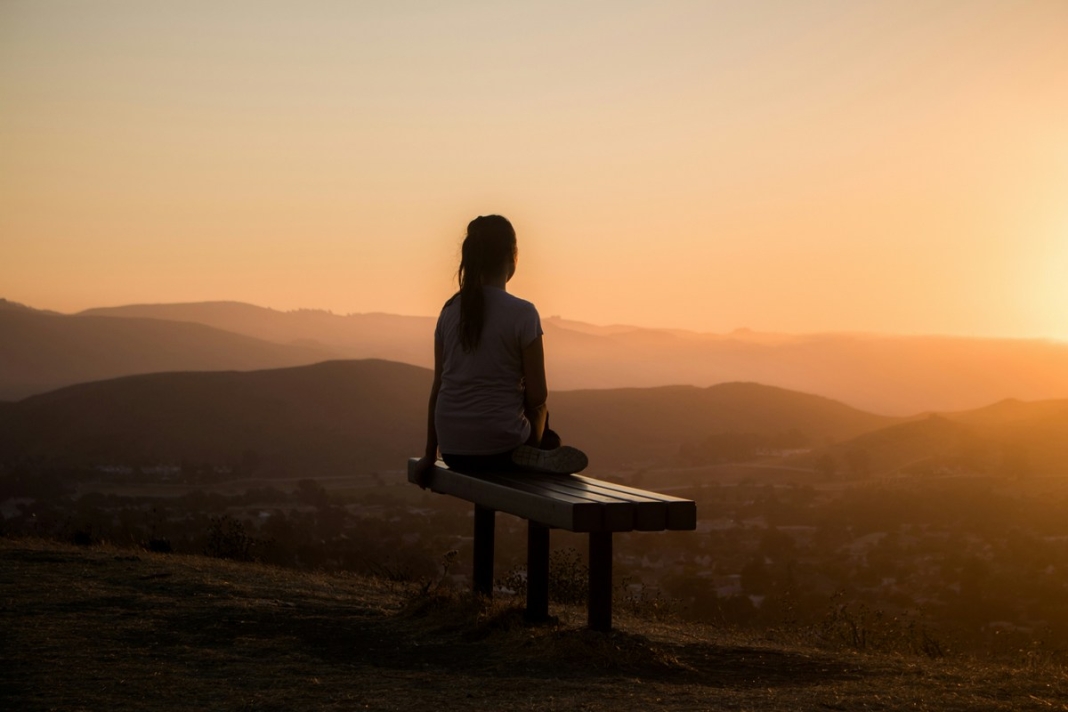
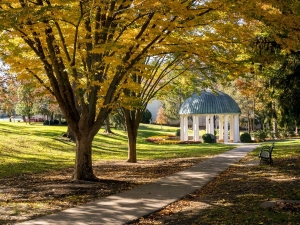
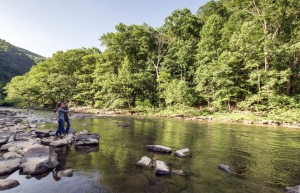

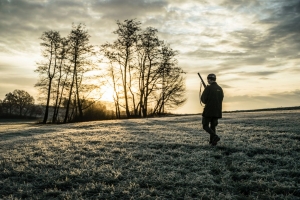
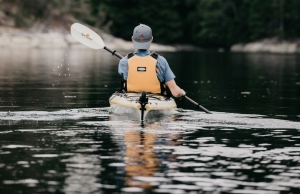
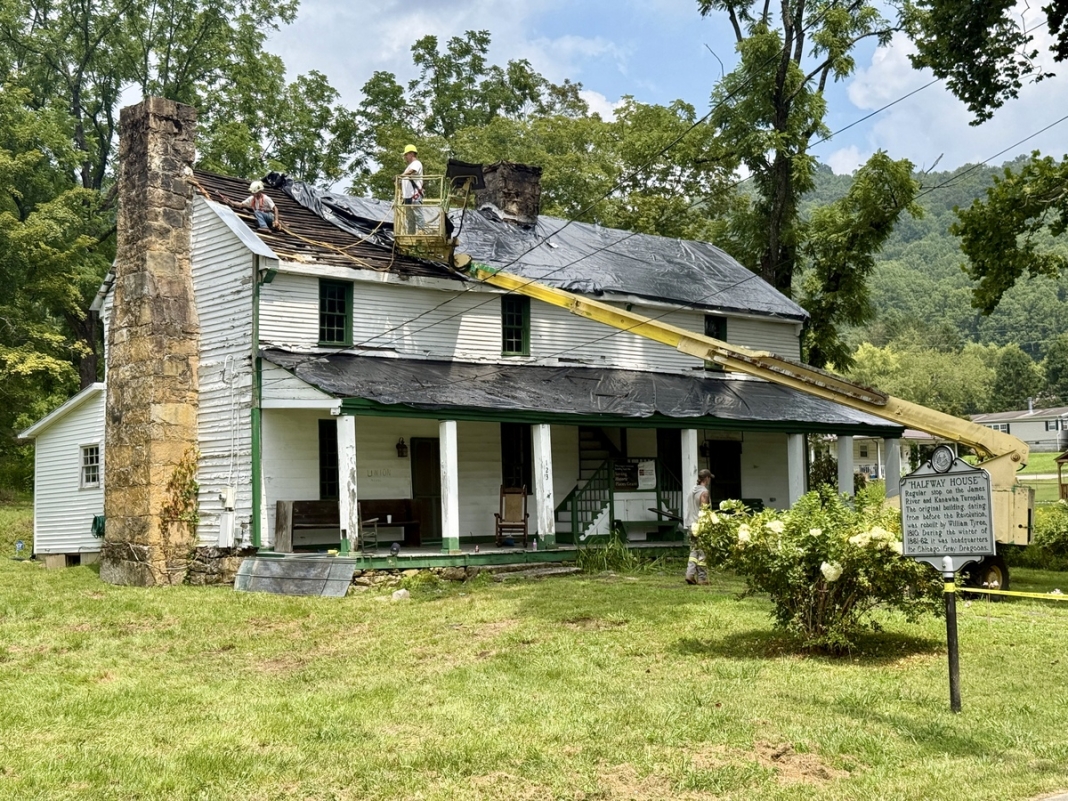

This is an awesome article. I'm a native West Virginian, Princeton in Mercer County, now living in Tampa Florida. We've just returned from a West Virginia trip and I miss it already. We started off with 4 nights at the Greenbrier and loved every minute. It's like stepping back in time perhaps to the Gilded age and forgetting the outside world exists. A trip into the town of White Sulphur Springs was an eye opening experience, I've been a Realtor for 55 years and if I could turn my age clock back about 25 years I'd resettle in WSS and open a real estate office, that town is poised to boom, it reminds me of what the popular spot of Blowing Rock NC must have been like a few years back. The Schoolhouse Hotel is wonderful, we were given a tour by the nice young man at the desk, except we couldn't see a room, as they were 100% booked. On to the nearby Salt Cave, a return trip for us, was just as enjoyable as the first, so relaxing to lay back in zero gravity chairs and breathe in the salt air. Helps my sinus.
While there we enjoyed a day at the state fair and a tour of Lost World Caverns. Then it was on to Princeton for a class reunion and to see friends. We attended a social on the grounds of Concord University in Athens, a car show and more. The weather was perfect the whole time. I learned a wonderful saying, "The sun may not always shine in West Virginia, but the people always do." A very true statement. Jim Owen